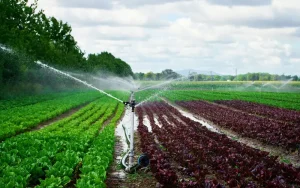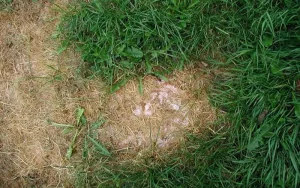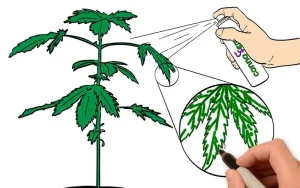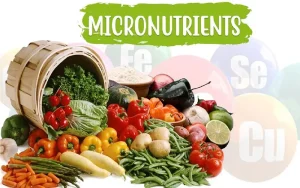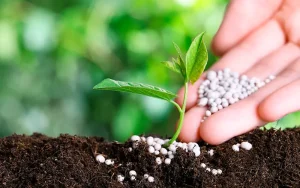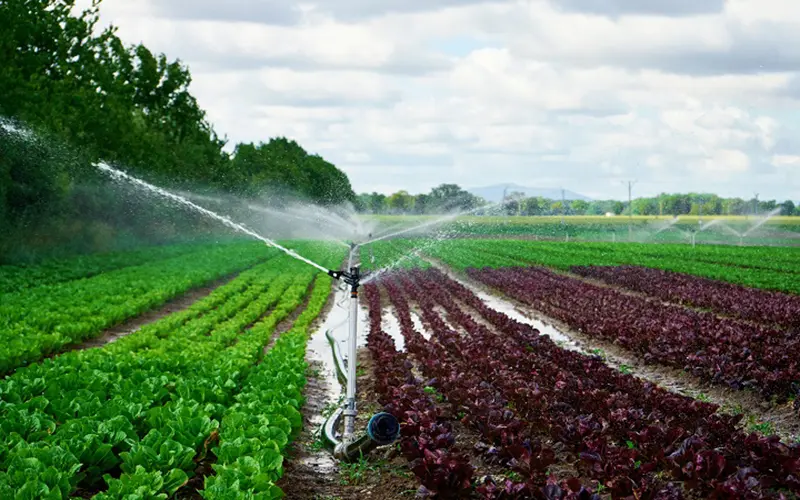Modern agriculture demands smarter, more efficient methods to grow food while conserving resources. One such approach is combining Drip Irrigation and Fertilizer, often referred to as fertigation. This powerful duo allows farmers to deliver both water and nutrients directly to the plant roots, reducing waste and improving crop performance.
What Is Drip Irrigation and Fertilizer?
Drip Irrigation and Fertilizer systems use tubing to slowly release water mixed with dissolved nutrients near the plant’s root zone. This method ensures that crops receive consistent hydration and the exact amount of nutrients needed at various stages of growth, leading to healthier plants and higher yields.
Key Benefits of Drip Irrigation and Fertilizer
Efficient Water Use
Water is delivered only where needed, minimizing evaporation and runoff.
Recommended Products: CK NPK Complex Fertilizers
Targeted Nutrient Delivery
Nutrients reach the root zone directly, reducing losses to leaching or volatilization.
Improved Crop Yield and Quality
Steady feeding promotes stronger growth and better fruit or grain quality.
Environmental Sustainability
By reducing excess fertilizer use, this system helps prevent pollution of nearby water sources.
Choosing the Right Fertilizers
When using Drip Irrigation and Fertilizer systems, it’s essential to select water-soluble fertilizers that won’t clog the drip lines. Commonly used nutrients include nitrogen, phosphorus, potassium, and trace elements like zinc and iron. Compatibility with your water quality and crop type is also critical.
Recommended Products: Unique Fertilizers
Important Tips for Effective Use
- Use filters to prevent clogging from particles or undissolved fertilizer.
- Conduct regular system checks to monitor pressure and flow consistency.
- Adjust fertigation schedules based on crop stage, weather, and soil testing results.
These steps ensure that your Drip Irrigation and Fertilizer setup remains reliable and effective throughout the growing season.
Is Drip Fertigation Right for You?
Drip Irrigation and Fertilizer systems are ideal for high-value crops, orchards, vineyards, and vegetable farms. While initial installation may cost more than traditional systems, the long-term savings in water, labor, and fertilizer make it a wise investment for many growers.
Integration with Automation Systems
Modern Drip Irrigation and Fertilizer systems can be fully automated using timers, sensors, and nutrient controllers. These technologies help farmers schedule precise watering and feeding times, reducing human error and saving labor. Automation also allows for remote monitoring, making it easier to manage large fields with minimal effort.
Suitability for Different Soil Types
Drip Irrigation and Fertilizer systems are effective across a wide range of soil conditions. In sandy soils, the slow application prevents nutrients from leaching away, while in clay soils, it avoids waterlogging. Customizing emitter spacing and flow rates based on soil type ensures maximum efficiency.
Challenges and Maintenance Considerations
Despite their benefits, Drip Irrigation and Fertilizer systems require regular maintenance. Clogging, algae buildup, and uneven nutrient distribution can occur if filters aren’t cleaned or water quality is poor. Routine flushing of the lines and water testing help maintain performance and extend system lifespan.
For further reading, check out:
Conclusion
Combining Drip Irrigation and Fertilizer is a smart, sustainable strategy for modern agriculture. It increases nutrient use efficiency, reduces waste, and supports healthier, more productive plants. As climate challenges grow and resources become scarcer, this farming combo is no longer optional—it’s essential.
FAQs
1. Can all types of fertilizers be used in drip irrigation systems?
No. Only water-soluble fertilizers should be used to prevent clogging and ensure even distribution through the drip lines.
2. How often should I fertilize using a drip system?
Fertilizer frequency depends on the crop, soil condition, and growth stage. Many farmers use small doses weekly or bi-weekly for consistent nutrient supply.
3. Is drip fertigation cost-effective for small farms?
Yes. While the initial setup cost can be higher, drip fertigation reduces water, labor, and fertilizer use—leading to long-term savings even for small farms.



